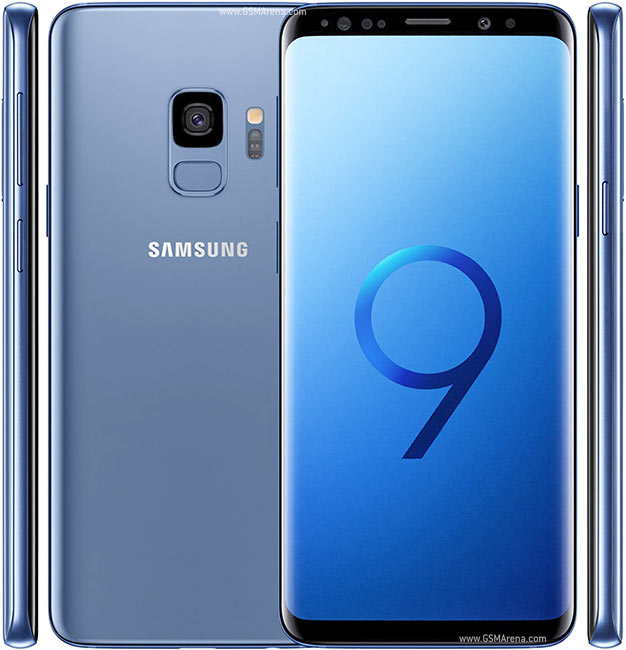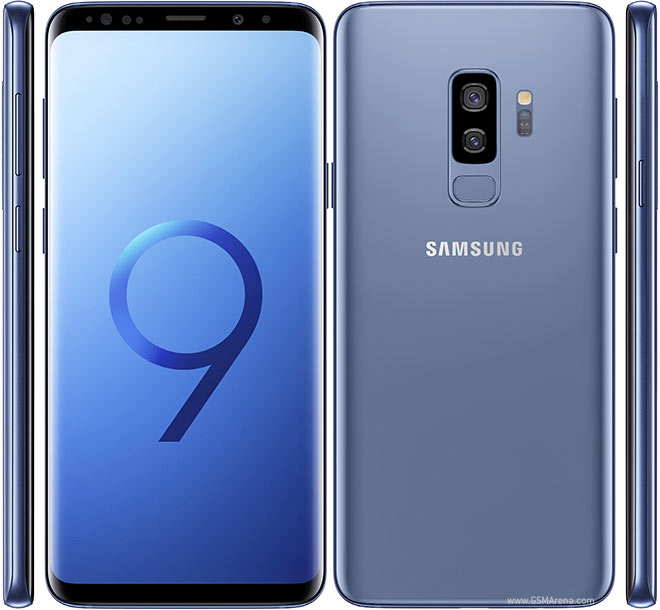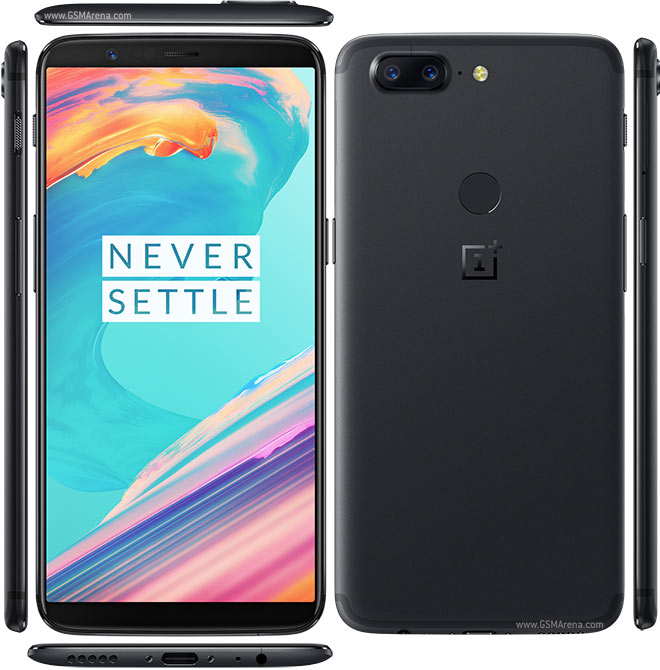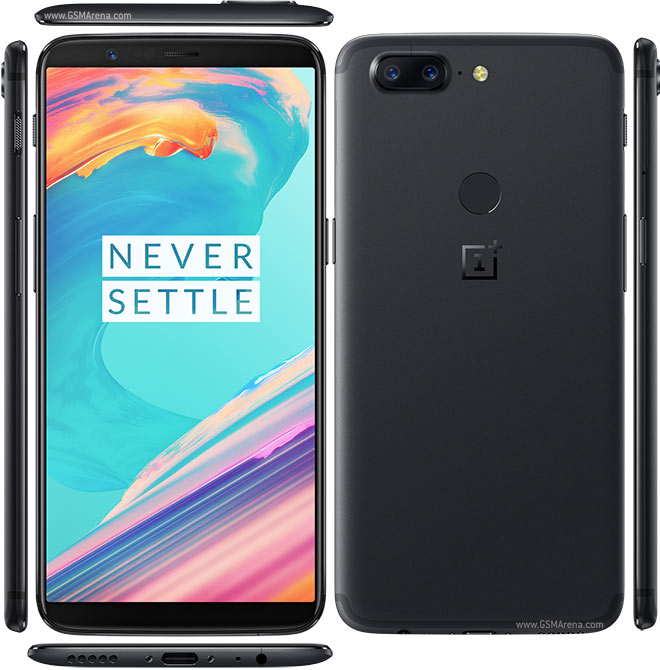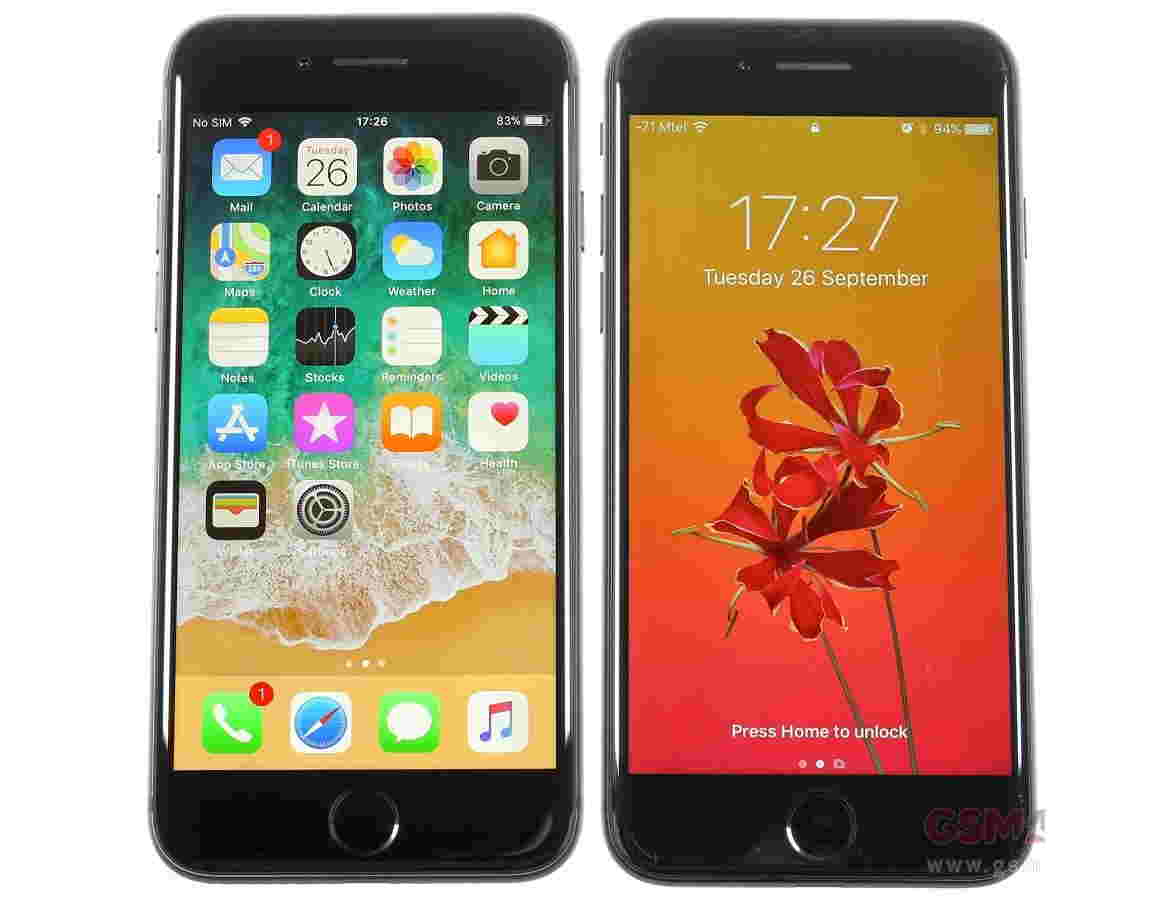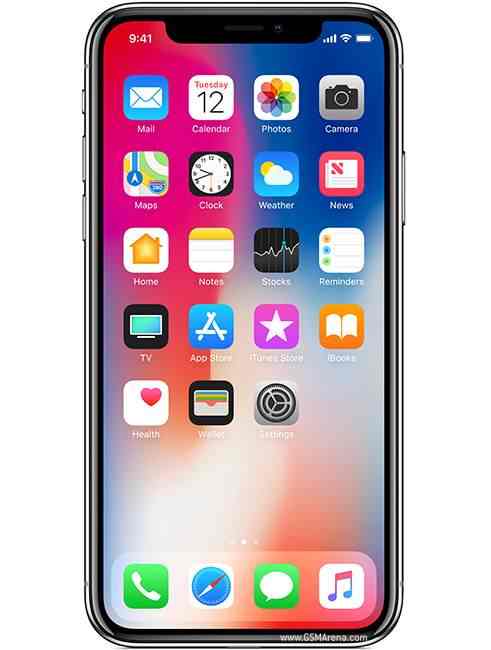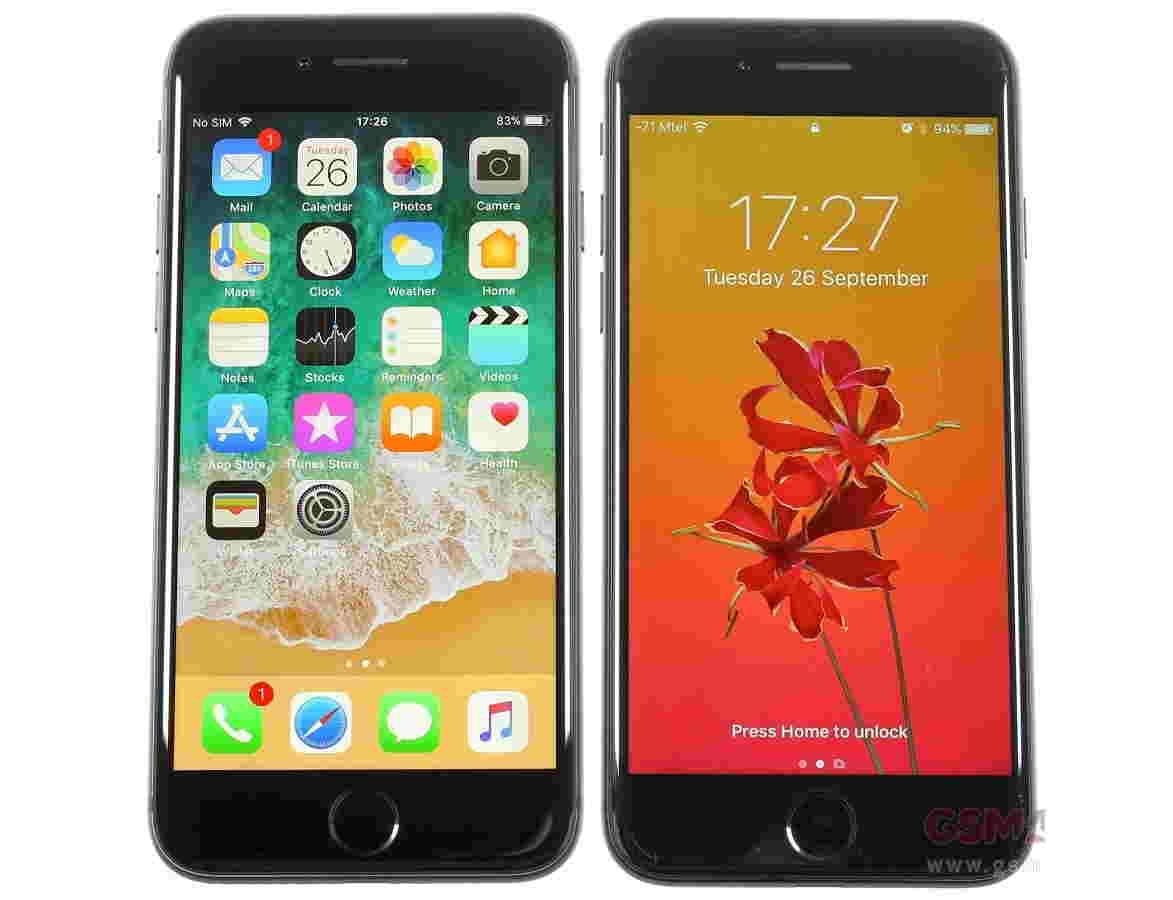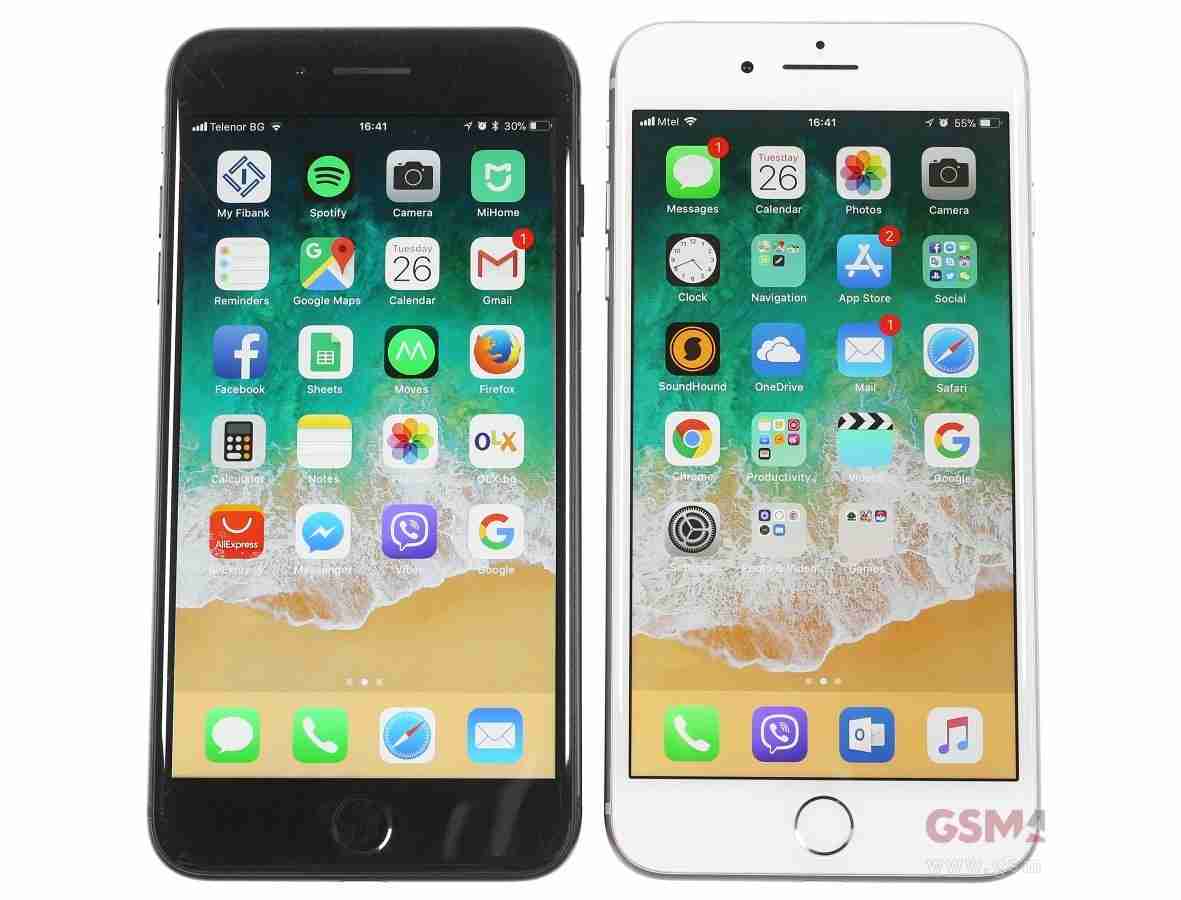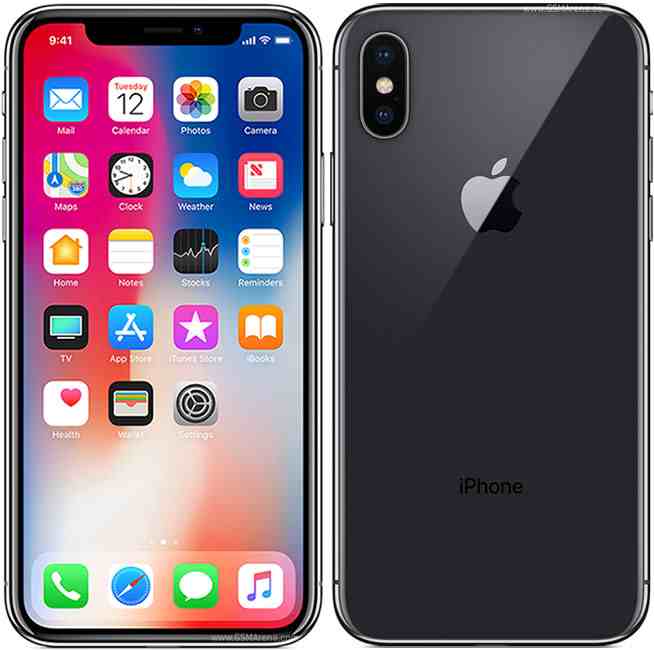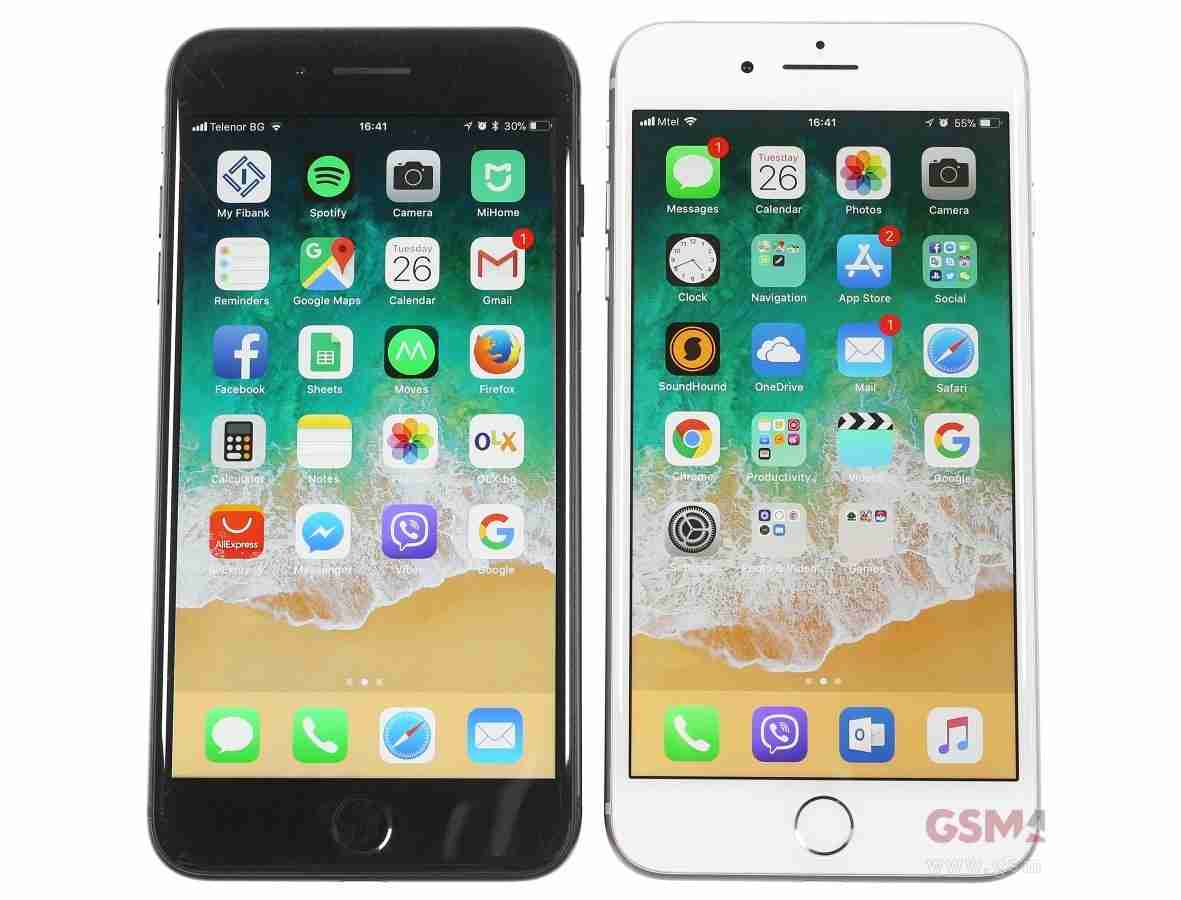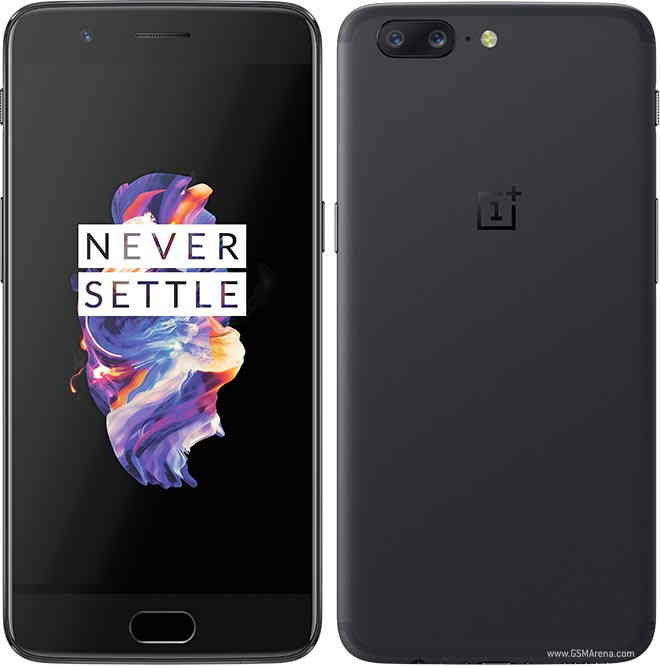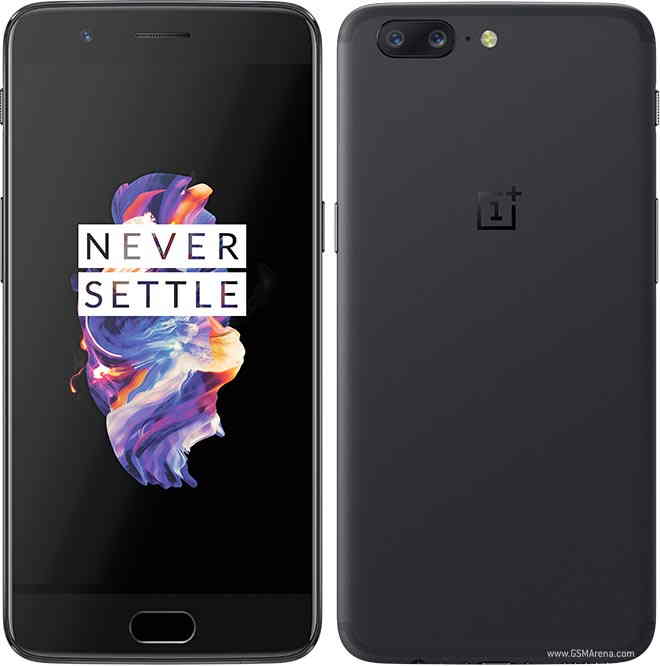
Design, display, interface and performance
The Nokia Lumia 530 is, unsurprisingly, the successor to the extremely popular Lumia 520, which gave us a solid, functional smartphone at an eye catching price.
In fact the Lumia 520 (Lumia 521 in the US) was Nokia's best selling Windows Phone... ever. The Lumia 530 then, has its work seriously cut out.
Nokia is sticking with a winning formula, with the Lumia 530 inheriting many aspects of what made its predecessor great. The brightly coloured plastic shell feels sturdy in the hand, and the dinky size of this device means it's easily pocketable.
The screen remains at just 4 inches on the Lumia 530, which may be small in the world of Android, but that's the same size as the considerably more expensive iPhone 5S.
Resolution has been given a very slight boost, up from 480 x 800 on the 520 to 480 x 854 on the Lumia 530 - giving it a pixel density of 245ppi. Visually there's not much of an improvement to note, but the Lumia 530 is just a shade sharper in areas.
I did find that colours appeared rather washed out on the Lumia 530's display, and coming from Samsung's Super AMOLED display on the Galaxy S5 Mini the basic LCD technology was even more noticeable here.
It's important to remember that the Nokia Lumia 530 can be picked up for just £90 (around $150, AU$160) SIM-free, or for no upfront cost on two year contracts starting from as little as £7.50 per month.
At that price the Lumia 530 sits below the excellent Lumia 630, entertaining the likes of the Motorola Moto E, Samsung Galaxy Fame and Sony Xperia E1.
With a 1.2GHz quad-core Snapdragon 200 processor and 512MB of RAM it isn't packing the most power in its class, but the Windows Phone 8.1 operating system historically hasn't been as resource-hungry as its Android rival - so you shouldn't worry too much about this spec.
I found that the tiled based interface still ran smoothly on the Lumia 530, allowing me to glide through the homescreen and app list with ease.
Some apps, such as the camera, did take two to three seconds to load, reinforcing the budget credentials of the 530, but I wouldn't say this was an unacceptable wait time considering the price.
Windows Phone 8.1 brings with it a drop down notification bar complete with four customisable quick settings, making the Lumia 530 even easier to use and slightly more welcoming for anyone coming from Android or iOS.
Another feature included in the latest 8.1 update is the ability to add another column of live tiles to your homescreen, although enabling this option on the Lumia 530 can end up making things look a little cramped. I'd recommend sticking with the two default columns.
Another positive feature on the Lumia 530 is the fact that Microsoft (the new owner of Nokia) has done away with the navigation keys below the display, instead moving them on screen for a cleaner, more attractive look.
The centralised power key and volume rocker just above it on the right side of the handset are very easy to hit one handed, although I found that the smooth plastic casing offered little in the way of grip.
A couple of times I came close to dropping the Lumia 530 trying to hit the power key as my grip loosened for a few seconds due to the size, so you'll need to be careful or stick it in a case.
Camera, battery and early verdict
The Nokia Lumia 530 sticks with the single camera setup of its predecessor, sporting a 5MP snapper on the rear and nothing on the front. Nokia also continues to refuse the inclusion of a flash on its entry level device, so you'll want to avoid low light conditions. Or not bother with pictures if you HAVE to go out at night. Your choice.
In terms of use, the Nokia camera app provides the same 'pull-out' controls as higher end Windows Phone devices.
Pull the shutter key up (or sideways if you're in landscape) and you'll be able to fiddle with white balance, ISO, shutter speed and contrast very easily. That makes the Lumia 530 a surprisingly adaptable snapper in its price range.
There is a second or so delay between pressing the shutter and the Lumia 530 capturing and saving the shot, but it's not a huge issue for something which will more than like be an occasional camera at best.
Picture quality from the handful of shots I was able to capture was acceptable, but they weren't overly colourful or detailed.
With just 4GB of internal storage (of which only 1.17GB is available to you) storage options are pretty limited - as was the case with the Lumia 520.
Thankfully the Nokia Lumia 530 comes with a microSD slot hidden under the removable rear cover, and it supports cards up to a whopping 128GB in size. That means you won't have to worry about running out of space anytime soon for media and such, and you can move some apps across onto the external card too.
You do have to remove the 1430mAh battery to access the microSD slot, so you won't be able to easily switch out one memory card for another on the Lumia 530, but then again that's not a common use-case scenario.
The battery itself is the same size as the power pack found in the Lumia 520 which was able to give you a day of usage on a single charge, and I expect a similar performance from the Lumia 530. Needless to say, you'll be dashing to your charger come bed time.
Early verdict
Things have changed quite dramatically at the budget end of the mobile market since the Lumia 520 first graced us with its presence, and the Nokia Lumia 530 finds itself in a much more competitive field.
For just a little bit of extra cash you can pick yourself up the more powerful, high resolution Moto G, or even the 4G variant, and the likes of the Moto E, Xperia E1 and Lumia 630 are really going to make life hard for the 530.
That said there's no reason why the Lumia 530 can't go on to be a success, as it's another solid offering from Microsoft Devices and doesn't have anything inherently wrong with it - but there's very little in the way of a spec boost here.
It should sell well, and I can see it being popular in developing markets where the Nokia brand is still strong, but as for it stealing the 520's "best-selling" crown... I think that's highly unlikely.




